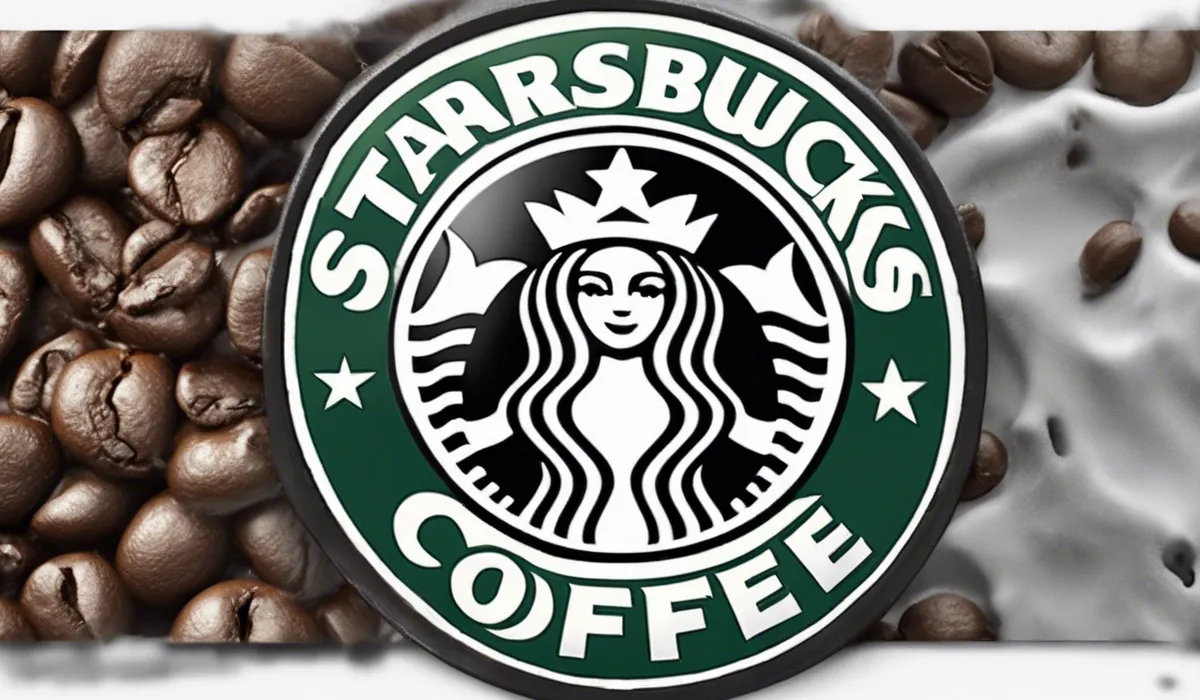No, Starbucks coffee does not typically have mold. Starbucks adheres to rigorous quality control standards to ensure their coffee is safe and clean. However, mold can occur in any food product if improperly stored or handled.
Understanding Mold in Coffee

What Is Mold?
Mold is a type of fungus that can grow almost anywhere there is moisture and organic material.
In food and beverages, mold can lead to spoilage and produce harmful toxins. These toxins can cause allergic reactions and respiratory problems if ingested or inhaled.
It is important to understand that mold in coffee can affect its taste, aroma, and safety for consumption.
Conditions for Mold Growth in Coffee
Mold thrives in warm, damp environments. Coffee beans and grounds can become moldy if they are exposed to moisture or stored improperly.
They need to be kept in a cool, dry place to prevent mold growth. If coffee is stored in a humid area or if the packaging is not airtight, the risk of mold increases significantly.
Mold and Coffee Beans
Coffee beans, especially when raw, can be susceptible to mold. The prevalence of mold in coffee beans depends on how they are processed, dried, and stored before they reach the consumer.
If the beans are not dried properly after harvesting, mold can develop, which can then carry over into the grounds and brewed coffee.
General Prevalence of Mold in Coffee
Though mold can be found in coffee beans and grounds, most commercial coffee producers have strict processes in place to minimize this risk.
However, it is not uncommon for small amounts of mold to be present in many agricultural products, including coffee, due to the nature of the product and its exposure to the elements before processing.
Starbucks’ Coffee Quality and Standards

Sourcing of Coffee Beans
Starbucks is known for its commitment to sourcing high-quality coffee beans. They work directly with farmers and use a set of guidelines called Coffee and Farmer Equity (C.A.F.E.) Practices to ensure ethical and sustainable sourcing.
These practices also promote the proper handling of coffee beans to prevent mold growth from the start.
Quality Control Processes
The company has rigorous quality control standards that include inspecting and testing coffee beans for mold and other contaminants.
Starbucks’ suppliers are required to meet these strict standards, which are designed to ensure that only the highest quality coffee reaches their stores.
Prevention of Mold Contamination
To prevent mold contamination, Starbucks takes proactive measures. This includes controlling the moisture levels during storage and transportation of coffee beans.
They also use packaging that protects the beans from humidity and other environmental factors that could contribute to mold growth.
Cleaning and Maintenance Protocols
Starbucks has strict cleaning and maintenance protocols for their stores and coffee-making equipment.
These protocols are designed to ensure that their equipment is sanitized and free of any contaminants, including mold. Regular maintenance and cleaning help maintain the quality and safety of the coffee served to customers.
Consumer Experiences and Independent Studies

Reports of Mold in Starbucks Coffee
While there have been isolated anecdotal reports of mold in Starbucks coffee, these instances are not indicative of a widespread problem.
Often, such reports are due to improper handling or storage of the coffee after purchase. Starbucks takes customer feedback seriously and investigates any claims of mold in their products.
Independent Lab Tests and Studies
Independent lab tests and studies have been conducted to assess the quality of Starbucks coffee. These tests often focus on detecting mold and other potential contaminants.
Results typically support that Starbucks coffee meets high safety and quality standards, with no significant presence of mold detected.
Starbucks’ Response to Quality Concerns
Starbucks is committed to providing a high-quality product and takes customer concerns about coffee quality very seriously.
They have customer service protocols in place to address and resolve any complaints. The company’s transparency and willingness to investigate quality issues help maintain consumer trust.
Ensuring Coffee Quality Continuously
Starbucks continuously works to ensure the quality of their coffee. They update their processes and training to keep up with best practices in food safety.
Moreover, they actively engage with customers and the community to provide the best experience possible while serving coffee that meets their high standards.
FAQs About Starbucks Coffee and Mold
Does Starbucks coffee contain mold?
No, Starbucks coffee does not typically contain mold. The company maintains strict quality control to ensure the safety and cleanliness of its products.
How does Starbucks ensure their coffee is mold-free?
Starbucks adheres to rigorous quality control standards, which includes monitoring and testing to prevent mold and other contaminants in their coffee.
Can mold ever be found in Starbucks coffee?
While Starbucks implements strict safety measures, mold can occur in any food product if it is improperly stored or handled after purchase.
What should I do if I find mold in a Starbucks coffee product?
If you find mold in a Starbucks coffee product, you should return it to the store for a replacement or contact Starbucks customer service to report the issue.
Are there any storage tips to prevent mold in coffee?
To prevent mold in coffee, store it in an airtight container away from excessive heat, moisture, and direct sunlight.
Final Thoughts
Starbucks coffee is generally free from mold due to the company’s strict quality control measures.
Ensuring the safety and cleanliness of their coffee is a high priority. Nevertheless, mold can develop in any food product, including coffee, when it’s not stored or handled correctly, highlighting the importance of proper food safety practices.
